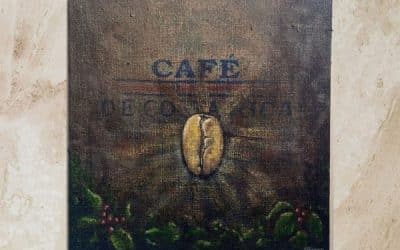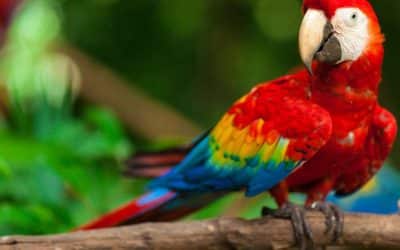In the quiet hum of a backstrap loom, in the rhythmic dance of hands guiding vibrant threads, a story unfolds—one woven with tradition, resilience, and artistic expression. Across Costa Rica, indigenous communities are reclaiming their textile heritage, blending ancestral wisdom with contemporary fashion to breathe new life into an ancient craft.
Threads of the Past: A Living Heritage
Long before the arrival of European influence, Costa Rica’s indigenous groups, including the Bribri, Cabécar, Ngäbe, and Boruca, created intricate textiles using natural dyes and handwoven fibers. These weren’t just fabrics—they were cultural narratives, each pattern carrying the history, beliefs, and spiritual essence of a people deeply connected to their land.
However, as mass-produced materials flooded the market, these traditions began to fade. Younger generations were drawn to modernity, and centuries-old techniques risked being lost. But in recent years, a vibrant revival has emerged, led by indigenous artisans determined to reclaim their identity—one thread at a time.
The Art of Indigenous Weaving
The process of creating indigenous textiles is meticulous, requiring not only skill but a deep understanding of nature’s palette. Plant-based dyes, extracted from leaves, roots, and seeds, offer a spectrum of colors that modern synthetic dyes struggle to replicate. From the deep blues of the jagua fruit to the earthy reds of achiote, every hue tells a story of the forest.
Traditional backstrap looms—simple yet powerful tools—allow weavers to produce intricate designs, each symbol representing elements of nature, spirituality, or social roles. A zigzag pattern might signify flowing rivers, while interlocking diamonds symbolize community unity. These textiles are more than garments; they are cultural manuscripts, passed down through generations.
Modern Interpretations: Bridging Heritage and Fashion
While preserving tradition is a priority, many indigenous artists are reimagining their craft through contemporary lenses. Some have begun collaborating with fashion designers, infusing their ancient motifs into modern clothing, handbags, and accessories. The result? A stunning fusion of heritage and high fashion that resonates with both local and international audiences.
Brands like Joyería Indígena Bribri and Batsú Creations are showcasing handmade woven textiles at design fairs, attracting ethical fashion enthusiasts eager to support sustainable and culturally significant craftsmanship. By integrating indigenous techniques into the fashion industry, these artisans are ensuring their heritage remains not only relevant but celebrated.
Sustainability and Empowerment Through Weaving
In a world where fast fashion dominates, the resurgence of indigenous textile arts offers a compelling alternative—one rooted in sustainability, slow production, and community empowerment. Many indigenous textile cooperatives are now run by women, providing economic independence and strengthening cultural pride.
Tourists visiting Costa Rica can witness this artistry firsthand by engaging in weaving workshops hosted in indigenous territories, such as Talamanca and Boruca. These immersive experiences not only support local artisans but also deepen visitors’ appreciation for the painstaking work behind each woven masterpiece.
A Fabric of Identity and Resistance
The revival of Costa Rica’s indigenous textiles is more than a fashion statement—it’s a movement of cultural resilience. Through each loom’s rhythmic motion, artisans are reclaiming their narratives, ensuring that their ancestors’ voices echo through every thread.
By supporting and wearing these woven stories, we contribute to a legacy that refuses to be forgotten—one stitch at a






